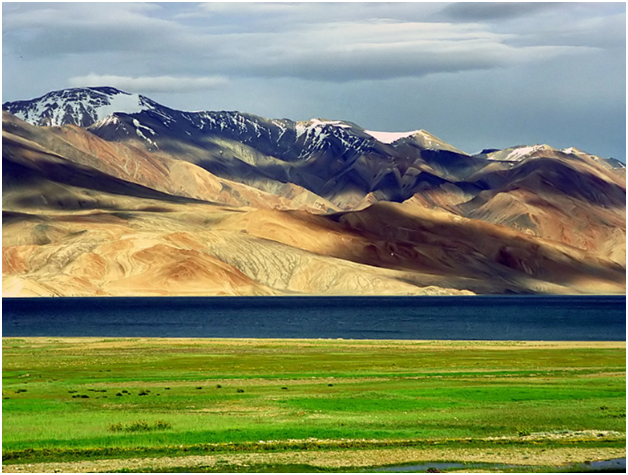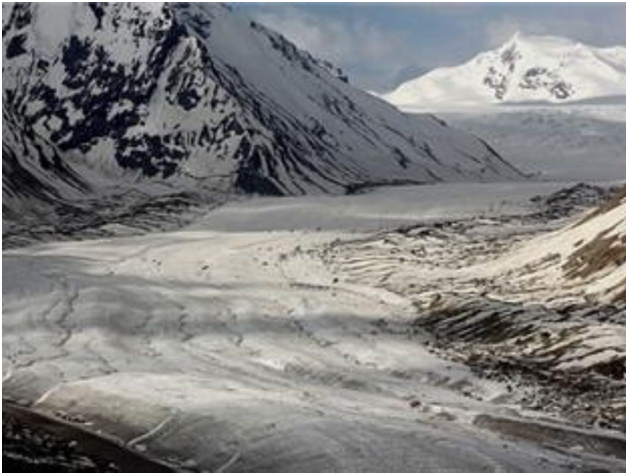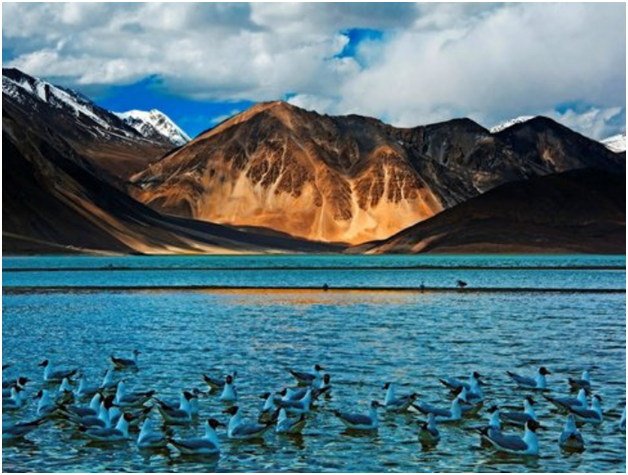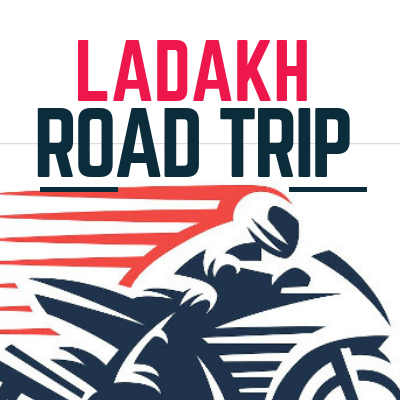The word “officially” would really have to be applied here, because all of these routes have already been completed by several people several years ago (including me). But in an effort to further increase tourism in Ladakh, the authorities decided to officially declare these 9 new tourist routes in Ladakh. Please note that at the moment it has been reported by news agencies, but real confirmation and clarity of the order is still awaited. One of the biggest doubts and doubts that have not yet been clarified is whether the “officially open” label applies only to Indian citizens or foreigners.
Of the total, 9 of these new routes, 5 are motorized and 9 are trails. Especially on the engine, people have been driving for the past few years, but I think declaring it officially open will reduce the confusion among tourists that happened a lot in the past year.

flikr
Agham Shyok Road
This is the road you take to travel directly from the Nubra valley to Pangong Tso or vice versa; without having to go back to Leh. The route you will follow is the one mentioned below.
Diskit – Khalsar – Agham – Shyok – Durbuk – Lukung – Spangmik (Pangong Tso)
This road has existed for some years and many people are already traveling it. It was once known as one of the most dangerous routes in Ladakh, but now it is well paved all the time. Last year, the authorities denied any tourist movement on this stretch, but now it has been officially declared open to tourists.
Spangmik – Man – Merak – Chushul – Tsaga La – Loma
This is one of the two routes you take to travel from Spangmik to Hanle; or directly to Tso Moriri without having to go back to Leh. It is also the most frequently traveled of the two. After reaching Loma, you can take the road towards Hanle; or continue to travel to Karzok (Tso Moriri) via Nyoma, Mahe and Sumdo.
This road has been in use for more than a decade; I traveled on it in 2010. Licenses for this road, however, are always a topic of debate and speculation. Sometimes, the authorities declared that the place was closed to tourists, as in 2018; while at other times, people get the visa stamped without any problem. But now that it is officially open, I think that all the confusion will be settled.
Durbuk – Tangtse – Chilam – Erath – Chushul
This is the second road you can take to travel from Spangmik to Hanle or Karzok. The difference between the two is that the Man Merak road is a dirt road, while the Erath road is a metallic road. Traveling on both roads, you will leave at Chushul and continue towards Hanle or Karzok via Loma.
Chushul – Kakasang La – Mahe
Now, after reaching Chushul from Pangong, you can take the road through Tsaga, Loma and Nyoma to reach Mahe; and finally to reach Karzok; as I explained above. There is, however, another route, a shorter one that will take you through the passage from Kakasang La and then to Mahe. Although it is shorter, note that it involves a serious and very steep climb. Try it only if you are 100% sure of your vehicle’s capacity. Otherwise, follow the easiest and most common route via Loma.

flikr
Karzok – Sumdo – Parang La – Kaza
News agencies are reporting this as such, but there is still no such motorized road. The last I heard was that BRO was working on building a road, but it is still far from being completed. For now, it is a walking route, but once completed, you can travel directly from Kaza to Tso Moriri, or vice versa; via Parang La Pass. Even trekking on this route was not allowed lately; therefore, in all likelihood, it is the trail route that has been reopened; and the new agencies reported it as a motorized road.
Trek Routes
However, the following four are in fact a walking route that is now officially open to tourists.
- Phyang – Dokla – Hunderdok
- Basgo – Ney – Hunderdok – Hunder
- Temisgam – Largyao – Panchathank – Skuru
- Saspol – Saspochy – Rakurala – Skuru
These trails have also been completed by countless people, but permissions have always been a topic of discussion. Now they are officially open, but the night on the trails will still be a problem. Further clarification on this will come only after the tourist season in Ladakh begins next year.
License duration
Another major change reported is the increase in the duration of licenses. In the old days, when the ILP was a mandate, it was issued for 2 weeks for Indian citizens and 1 week for foreigners. The authorities decided to remove it entirely in 2014; but only to reintroduce in 2017 again. However, at the time of reintroduction, the validity has also been reduced to 1 week for Indian citizens. Now, this is changing again and, from 2019, the validity of the internal line permission for the Indians will be set again to 15 days.

flikr

Comment (0)